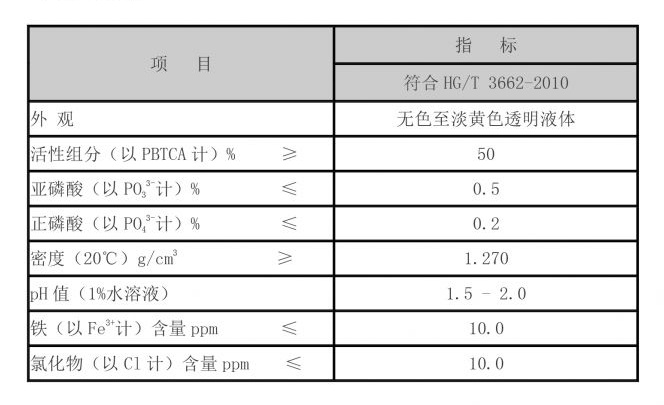Exploring the Chemistry and Applications of Organic Phosphonates in Modern Science
Understanding Organic Phosphonates Properties, Applications, and Future Perspectives
Organic phosphonates are a fascinating subclass of organophosphorus compounds characterized by the presence of a phosphorus atom bonded to carbon. These compounds are distinguished by their unique structure, where a phosphonic acid group (R-PO3H2) is directly attached to an organic moiety. The significance of organic phosphonates has surged across various sectors, particularly in agriculture, medicine, and industrial applications, owing to their versatile properties and functionalities.
Chemical Structure and Properties
The structure of organic phosphonates generally comprises a phosphorus atom surrounded by four groups one phosphorus-oxygen double bond and three additional groups that can be carbon-containing or other atoms. These compounds are often represented by the general formula RPO(OH)2, where R signifies an organic group. The presence of the phosphorus atom bestows unique chemical properties, such as high reactivity, which can be manipulated for various applications.
Phosphonates are known for their stability compared to phosphates, making them valuable in environments where phosphates would typically degrade. The unique P-C bond found in phosphonates is particularly robust, enabling these compounds to withstand harsh conditions, which is why they have become essential in many formulations.
Applications in Agriculture
One of the most notable applications of organic phosphonates is in agriculture as herbicides and fungicides. Phosphonate-based compounds, such as phosphonic acid, are effective in managing plant diseases, particularly those caused by oomycetes. They function as systemic fungicides, allowing for both preventative and curative action against plant pathogens. Moreover, their role in enhancing plant growth and resistance to diseases has made them a popular choice among farmers aiming to increase yields while minimizing environmental impacts.
In addition to pest control, organic phosphonates also serve as fertilizers. They provide a source of phosphorus, which is essential for plant growth. The slow-release characteristics of phosphonates improve nutrient efficiency, contributing to sustainable agricultural practices.
organic phosphonate

Use in Medicine and Biotechnology
The biomedical field has also seen significant contributions from organic phosphonates. They are utilized in the development of pharmaceuticals, particularly in antiviral and anticancer agents. For example, the compound tenofovir, an antiretroviral medication used to prevent and treat HIV/AIDS, is an organic phosphonate. Its effectiveness stems from the structural properties that allow it to inhibit viral replication effectively.
Moreover, organic phosphonates are playing a growing role in diagnostics and imaging techniques in biochemistry and molecular biology. The incorporation of phosphonates into biological molecules can enhance the stability and potency of therapeutic agents, paving the way for innovative treatments.
Industrial Applications
Beyond agriculture and medicine, organic phosphonates are prevalent in various industrial applications. They are used as water treatment additives, capable of sequestering metal ions and preventing scale formation. Additionally, phosphonates find applications in the production of surfactants, lubricants, and emulsifiers, owing to their surface-active properties.
Future Perspectives
Looking ahead, the potential for organic phosphonates appears promising. Ongoing research aims to further explore their applications in nanotechnology and materials science, where their unique properties can be harnessed for the development of advanced materials. As sustainability becomes increasingly important, the role of organic phosphonates in green chemistry and biocompatible materials will likely expand.
In conclusion, organic phosphonates are multifaceted compounds with significant implications across various fields. Their unique chemical properties and diverse applications position them as key players in addressing challenges in agriculture, healthcare, and environmental sustainability. As research continues to unveil new aspects of these compounds, their role in our lives will undoubtedly grow, fostering innovation and progress in numerous sectors.
-
Water Treatment with Flocculant Water TreatmentNewsJun.12,2025
-
Polymaleic AnhydrideNewsJun.12,2025
-
Polyaspartic AcidNewsJun.12,2025
-
Enhance Industrial Processes with IsothiazolinonesNewsJun.12,2025
-
Enhance Industrial Processes with PBTCA SolutionsNewsJun.12,2025
-
Dodecyldimethylbenzylammonium Chloride SolutionsNewsJun.12,2025





